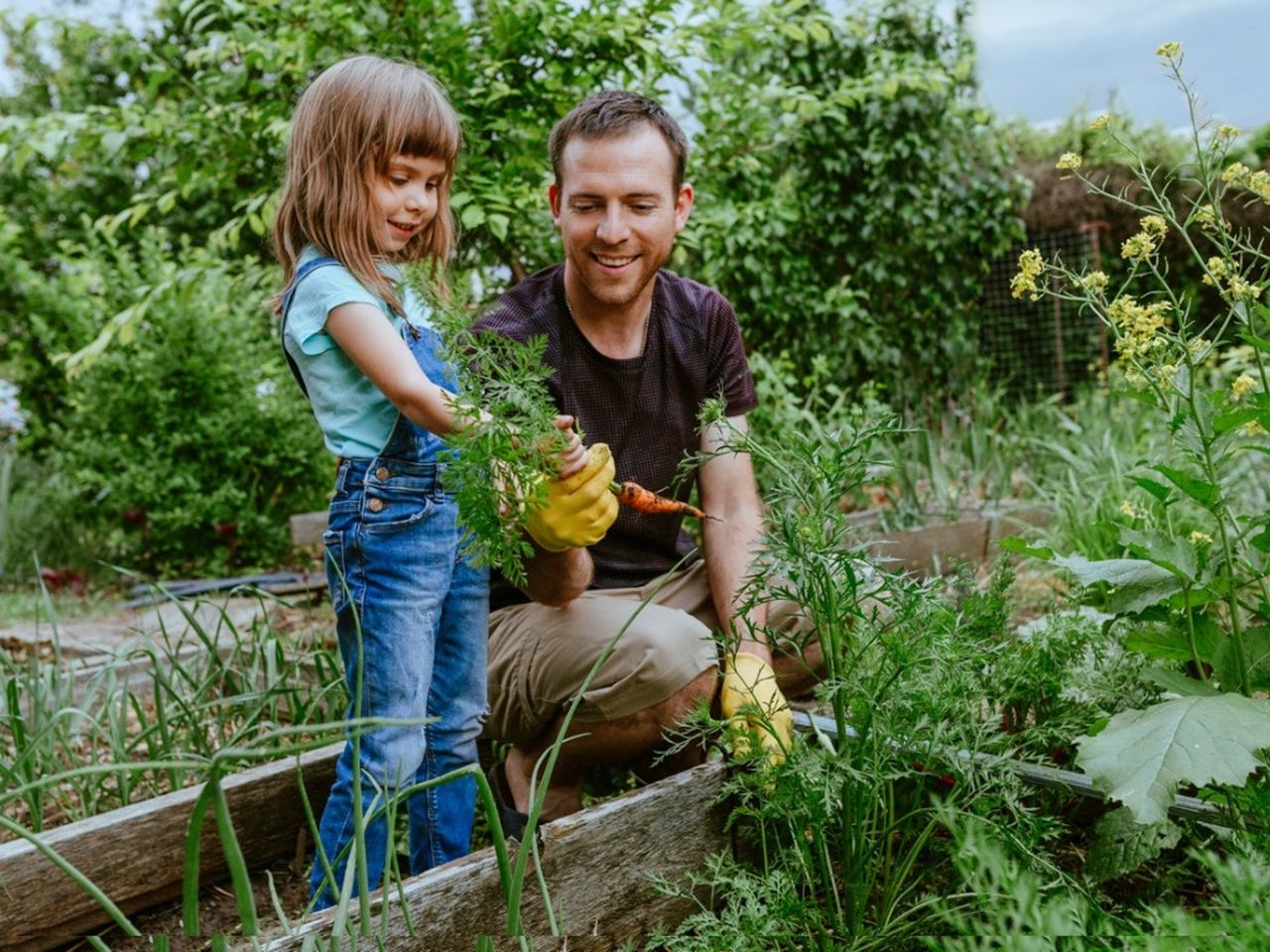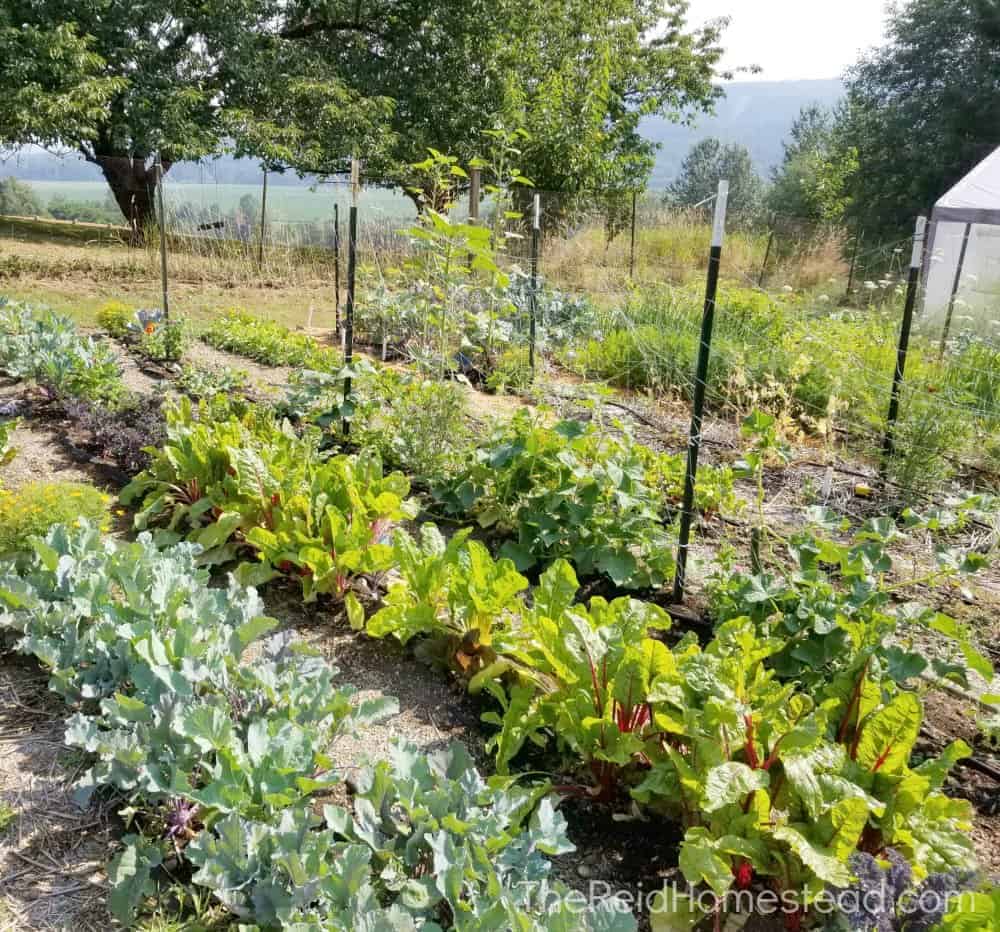Top Learning Materials for Homestead Gardening
Top Learning Materials for Homestead Gardening
Blog Article
Discover Essential Tips for Successful Horticulture Techniques and Practices
Gardening, usually seen as a simple activity, encompasses a variety of techniques and methods that can significantly affect the outcome of your efforts. By prioritizing vital elements such as soil wellness, effective watering methods, and appropriate plant option, gardeners can create a growing ecosystem that supports dynamic development. In addition, understanding the nuances of insect administration and seasonal upkeep can further enhance productivity. Several fanatics forget essential information that can make or damage their horticulture success-- checking out these neglected elements may reveal the key to growing a prospering yard.
Recognizing Soil Health
Dirt wellness is a fundamental facet of effective horticulture, as it straight influences plant development, vitamins and mineral schedule, and ecological community balance. Healthy dirt is identified by an abundant biodiversity of microorganisms, raw material, and a balanced pH degree, which together produce an environment helpful to plant development.
To recognize soil health and wellness, one have to consider its physical, chemical, and biological homes. The appearance and structure of dirt affect its capability to preserve moisture and nutrients, while the chemical make-up identifies the accessibility of essential aspects like nitrogen, potassium, and phosphorus. Routine dirt screening is essential to examine these variables, allowing garden enthusiasts to make enlightened choices concerning modifications and plant foods.
Additionally, advertising organic activity within the soil is crucial for preserving its wellness. Practices such as composting, crop rotation, and the use of cover crops can improve microbial diversity, enhance nutrient biking, and minimize soil disintegration. By focusing on dirt wellness, garden enthusiasts not just maximize plant development yet additionally add to a sustainable community, making sure that their horticulture methods are durable and ecologically responsible in time.
Effective Watering Techniques
Ensuring that plants obtain the appropriate quantity of water is essential for their health and wellness and development, especially when coupled with a solid structure of dirt health and wellness (Homestead Gardening). Efficient watering techniques can significantly influence plant vigor, decreasing water waste and promoting optimal advancement
One essential approach is deep watering, which urges roots to grow much deeper right into the dirt, enhancing dry spell resistance. This technique generally entails watering much less often yet in larger amounts, enabling dampness to permeate the root zone extensively. Timing is also important; morning is the ideal time to water, as it minimizes evaporation and permits vegetation to completely dry throughout the day, reducing disease threats.
Furthermore, employing mulch can aid keep dirt dampness and control temperature level, further helping reliable sprinkling practices. Using a drip watering system can also supply targeted dampness directly to the roots, making certain that water reaches where it's most needed while saving sources.
Keeping an eye on rains and soil moisture degrees can lead adjustments in your watering routine, making certain plants receive consistent hydration without over-saturation. By embracing these reliable sprinkling strategies, gardeners can foster a flourishing atmosphere for their plants to prosper.
Plant Selection and Placement
How can the best plant choice and critical positioning change a yard right into a flourishing community? The synergy between plant ranges and their positioning is crucial for producing a lively yard. When selecting plants, consider elements such as climate, soil type, and sunlight exposure. Native types are usually the best choice as they are adapted to neighborhood problems and need much less maintenance.
Strategic positioning involves arranging plants according to their development behaviors and requirements. Taller plants must be positioned at the back of boundaries to stop shading shorter plants. In addition, organizing plants with similar water and light requirements can boost their growth and reduce competitors for sources.
Integrating a diversity of plants not just adds visual charm however also advertises biodiversity, bring in valuable pests and pollinators. Think about the seasonal modifications in your garden; select a mix of annuals, evergreens, and perennials to make sure year-round rate of interest.
Finally, keep in mind to evaluate the mature size of plants prior to planting to stay clear of congestion and ensure appropriate air flow. Thoughtful plant option and strategic placement develop an unified setting, enabling your garden to prosper while lessening obstacles.
Insect and Condition Management
Effective bug and disease administration is essential for preserving a healthy and balanced garden my blog environment - Homestead Gardening. An aggressive approach, integrating social, organic, and chemical techniques, can dramatically reduce the impact of bugs and conditions on your plants

Biological controls, such as introducing useful pests like ladybugs or predatory mites, can keep pest populations in check without harming the environment. Additionally, preserving plant health and wellness with appropriate watering, fertilizing, and trimming will certainly boost their strength versus conditions.
When treatment is essential, choose targeted chemical treatments, guaranteeing to follow application guidelines to lessen damage to non-target organisms. Always prioritize sustainable practices, as they promote long-term yard wellness and ecological balance. By incorporating these approaches, garden enthusiasts can properly handle diseases and parasites, making certain prospering plants and an efficient garden.

Seasonal Upkeep Practices
In springtime, focus on dirt preparation by screening pH levels and including required amendments. Consistently check emerging plants for diseases and parasites.
As summertime methods, ensure appropriate irrigation while monitoring for indicators this content of tension or disease. Trim back overgrown plants to urge air blood circulation and decrease humidity around vegetation. This practice not just enhances plant wellness however also advertises flowering and fruiting.
With the arrival of fall, it's time to prepare for winter months. Tidy up fallen leaves and particles to avoid insect infestations, and consider growing cover plants to improve soil wellness. This period is also optimal for dividing perennials and planting spring-flowering light bulbs.
Verdict
Effective gardening joints on the assimilation of sound methods in soil health and wellness, watering, plant selection, bug administration, and seasonal maintenance. By prioritizing soil screening and microbial diversity, utilizing reliable sprinkling strategies, and choosing ideal plants, garden enthusiasts can produce prospering ecosystems. Additionally, positive bug administration and attentive seasonal maintenance add significantly to overall yard vigor. Welcoming these strategies cultivates a lasting and effective horticulture setting, ensuring flourishing growth and resilience throughout the changing periods.
By prioritizing essential components such as dirt health and wellness, effective sprinkling methods, and proper plant choice, gardeners can create a thriving ecological community that sustains vibrant development. By prioritizing dirt wellness, garden enthusiasts not only optimize plant development however likewise contribute to a lasting ecological community, making certain that their horticulture methods are environmentally liable and durable over time.
Taller plants must check it out be positioned at the back of boundaries to stop shading much shorter plants. Clean up dropped leaves and debris to prevent parasite invasions, and consider planting cover crops to improve soil wellness.Successful gardening hinges on the assimilation of sound techniques in soil health and wellness, watering, plant option, insect monitoring, and seasonal maintenance.
Report this page